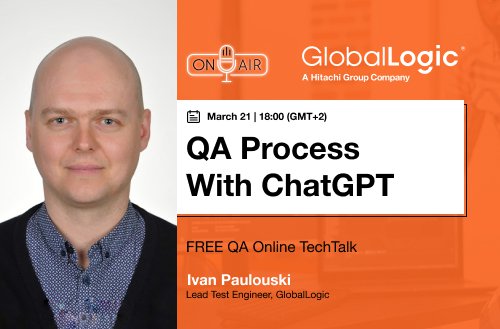- Services
Technology Capabilities
Technology Capabilities- Product Strategy & Experience DesignDefine software-driven value chains, create purposeful interactions, and develop new segments and offerings
- Digital Business TransformationAdvance your digital transformation journey.
- Intelligence EngineeringCreate high-value products faster with AI-powered and human-driven
- Software Product EngineeringCreate high-value products faster with AI-powered and human-driven engineering.
- Technology ModernizationTackle technology modernization with approaches that reduce risk and maximize impact.
- Embedded Engineering & IT/OT TransformationDevelop embedded software and hardware. Build IoT and IT/OT solutions.
- Industries
- GlobalLogic VelocityAI
- Insights
White PapersSeptember 17, 2024Diana SocaciuElevating Romanian Tourism with GlobalLogic: Apuseni App
The innovative banking apps, such as the one we'll explore in this case study, succeed ...
 Case StudiesGlobalLogic
Case StudiesGlobalLogicFrom Legacy to Leading-edge: A Global Software Leader’s ...
Discover how GlobalLogic’s AI-powered solutions helped a global software leader migrate...

- About
We have 60+ product engineering centers
Engineering Impact
 GlobalLogic, a Hitachi Group Company, is a trusted digital engineering partner to the world’s largest and most forward-thinking companies.
GlobalLogic, a Hitachi Group Company, is a trusted digital engineering partner to the world’s largest and most forward-thinking companies.Today, we help transform businesses and refine industries through intelligent products, platforms, and services.
Since 2000, we’ve been at the forefront of the digital revolution—helping create some of the most innovative and widely used digital products and experiences.
Learn more about what sets us apart0product engineering centers0active clients0+Professionals in 25 countries0+product releases per yearWhat we offerExplore our services
Unlock the power of data, design, and engineering to fuel innovation and drive meaningful outcomes for your business.
Learn MoreProduct Strategy & Experience Design
Design and build what’s next with help from Method, a GlobalLogic company.
Learn MoreDigital Business Transformation
Advance your digital transformation journey.
Learn MoreIntelligence Engineering
Leverage data and AI to transform products, operations, and outcomes.
Learn MoreSoftware Product Engineering
Create high-value products faster with AI-powered and human-driven engineering.
Learn MoreTechnology Modernization
Tackle technology modernization with approaches that reduce risk and maximize impact.
Learn MoreEmbedded Engineering & IT/OT Transformation
Develop embedded software and hardware. Build IoT and IT/OT solutions.
We have a profound impact on everyday life
Every day, billions of people connect with products, platforms, and services that we helped design and engineer.
Our Case StudiesDiscover how we’re engineering impact with clients around the world
We work with the world’s largest and most innovative companies—forging deep collaborations to create intelligent products, platforms, and services.
View all case studiesMakeYourImpactFeatured insights
Explore fresh thinking from some of GlobalLogic’s strategists and engineers
See allBlogs27 May 2025SaMD Reimagined: Building Intelligent, Compliant, and Connected Healthcare …
AI-Powered SDLCAnalyticsData EngineeringProduct and UI/UX DesignHealthcare and Life Sciences Blogs22 May 2025
Blogs22 May 2025What the ChatGPT 4.0 Incident Tells Us About Building with Generative AI
Something strange happened recently: developers, researchers, and power users …
AI GovernanceAI-Powered SDLCGenAICross-Industry Blogs21 May 2025
Blogs21 May 2025AI Adoption: Where Digital Transformation Fails or Scales
AI is transforming every industry. While companies are building applications to …
AI GovernanceAI-Powered SDLCTransformation AdvisoryCross-Industry Get in touch
Get in touchLet’s start engineering impact together.
GlobalLogic provides unique experience and expertise at the intersection of data, design, and engineering.








